Pearl Cockatiel: The Cost Breakdown for Potential Owners
Understand the true cost of owning a Pearl Cockatiel, from initial purchase to feeding, housing, and healthcare expenses. Plan wisely!
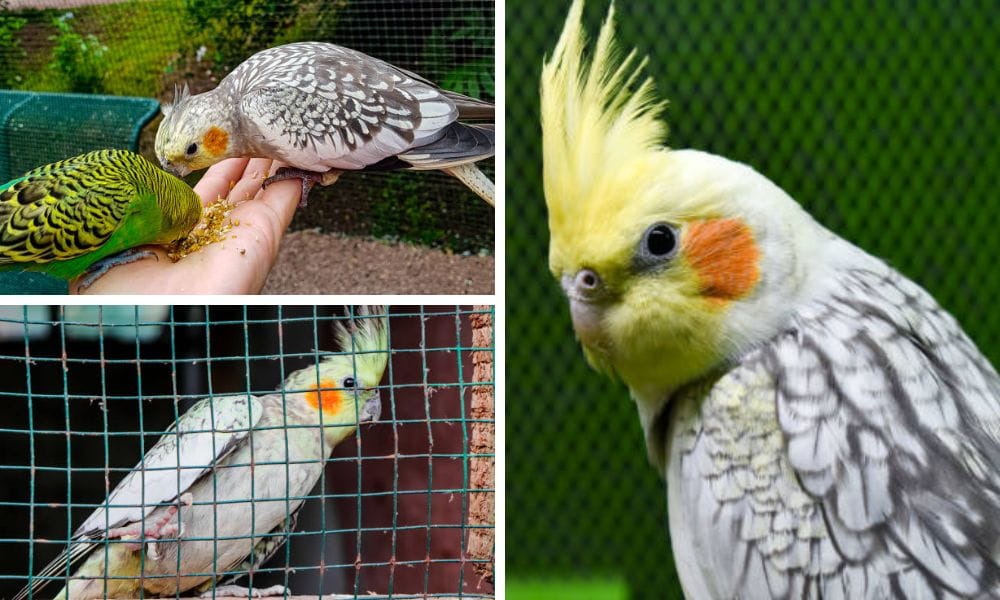
Key Takeaways:
- Understanding the costs associated with owning a pearly cockatiel, including initial purchase and ongoing care.
- Recognizing the unique characteristics and needs of pearl cockatiels that may affect ownership costs.
- Preparing for the financial commitment of pet birds, specifically the pearl cockatiel, to ensure a healthy and happy life for your feathered friend.
Pearl cockatiels are a stunning variety of the cockatoo family, known for their distinctive light blue-gray feathers and beautiful pearl-like patterns. If you're considering adding a pearly cockatiel to your family, it's essential to understand the financial commitment you're about to make. This comprehensive guide will break down the costs you can expect as a potential bird owner, from the initial purchase to the ongoing care of your new feathered friend.
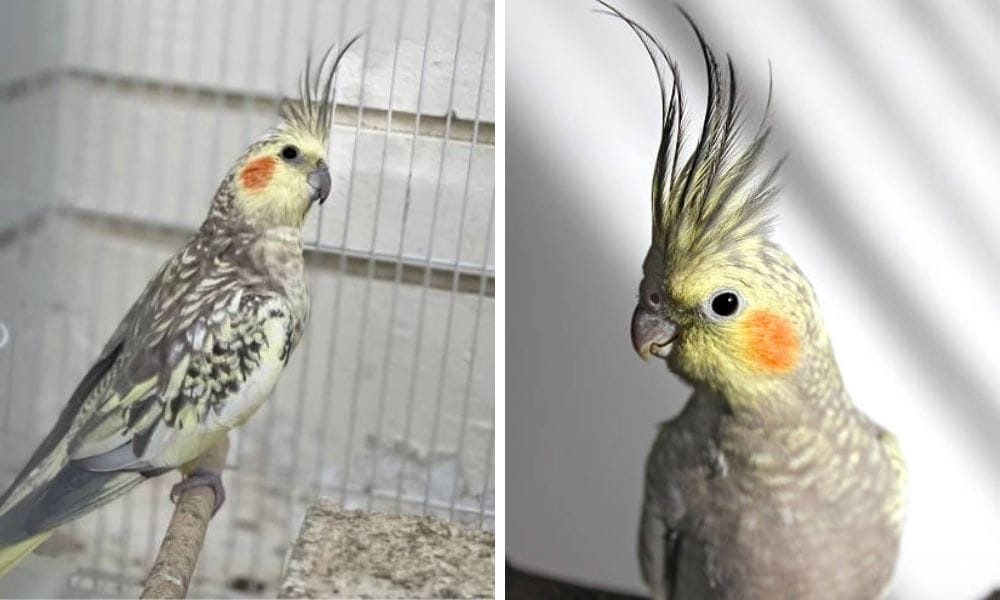
Initial Costs: Purchasing Your Pearl Cockatiel
When you decide to bring a pearly cockatiel into your home, the first expense you'll encounter is the purchase price. The cost of pearl cockatiels can vary widely depending on factors such as age, rarity of the color mutation, and whether you buy from a pet store or a breeder. Most pearl cockatiels are priced between $150 to $300, but prices can go higher for birds with rare patterns or from specific breeders known for their quality stock.
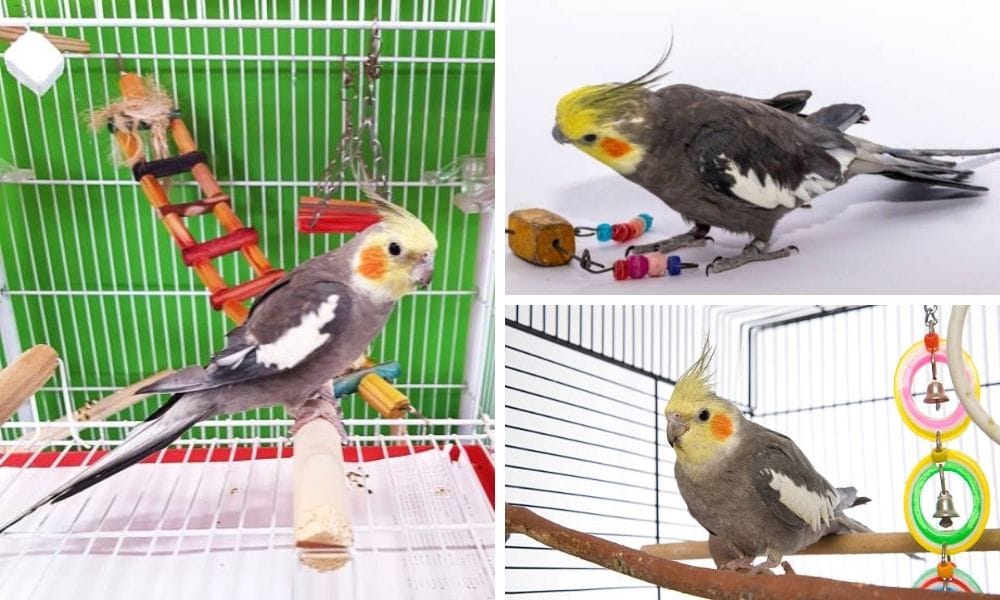
The Price of Pedigree: Choosing a Breeder
Many bird owners opt to purchase their pearly cockatiels from breeders to ensure they're getting a bird with a known lineage and health history. Breeders may charge more, but they often provide valuable information about the bird's background, including any sex-related genetic mutations or susceptibility to conditions like fatty liver disease. Expect to pay a premium for birds from reputable breeders, but consider it an investment in your bird's long-term health.
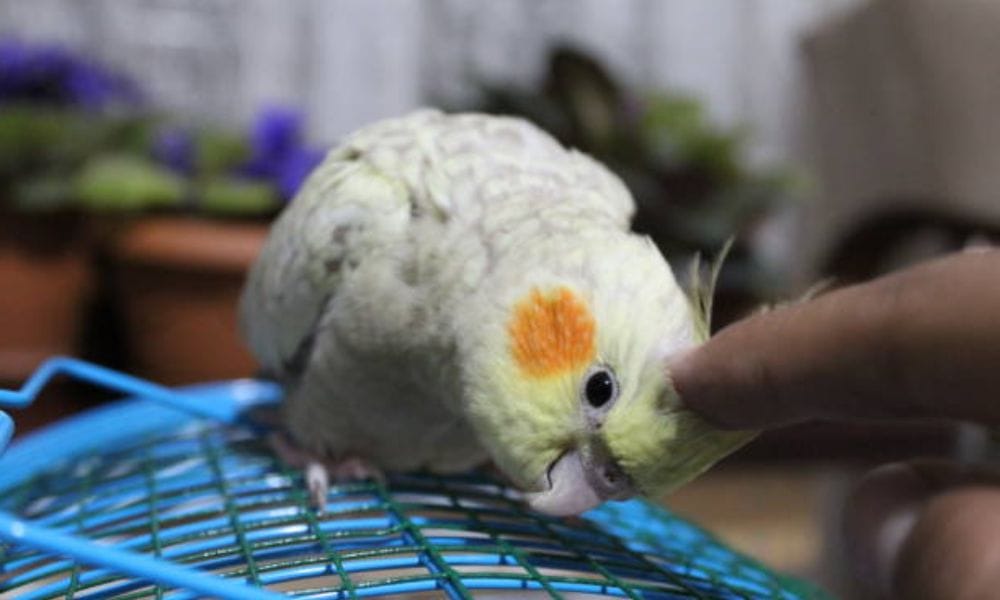
Home Sweet Home: The Flying Cage
A proper flying cage is crucial for your pearl cockatiel's well-being. These birds need space to spread their wings slightly and exercise. A suitable cage can cost anywhere from $100 to $300, depending on size and features. Look for a cage with horizontal bars to encourage climbing and enough room for toys and perches.
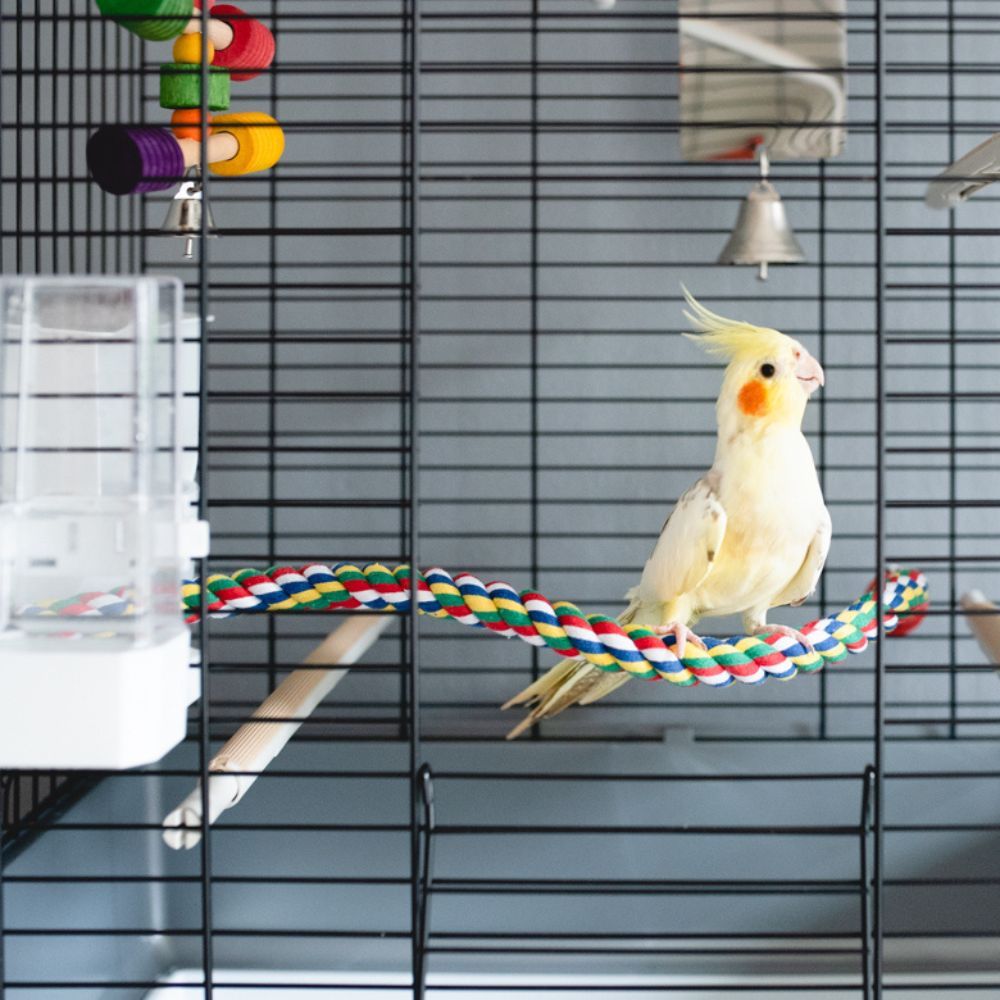
Feathered Fashion: The Unique Look of Pearl Cockatiels
Pearl cockatiels, also known as laced cockatiels or opaline cockatiels, boast a distinctive pattern of scalloped, golden pearls across their grey feathers. This color mutation was initially discovered in wild cockatiels but has since become a beloved feature among pet owners. The males lose some of their pearling after their first molt, often resulting in a more grey body with white wing bars, while females retain their intricate patterns throughout life.
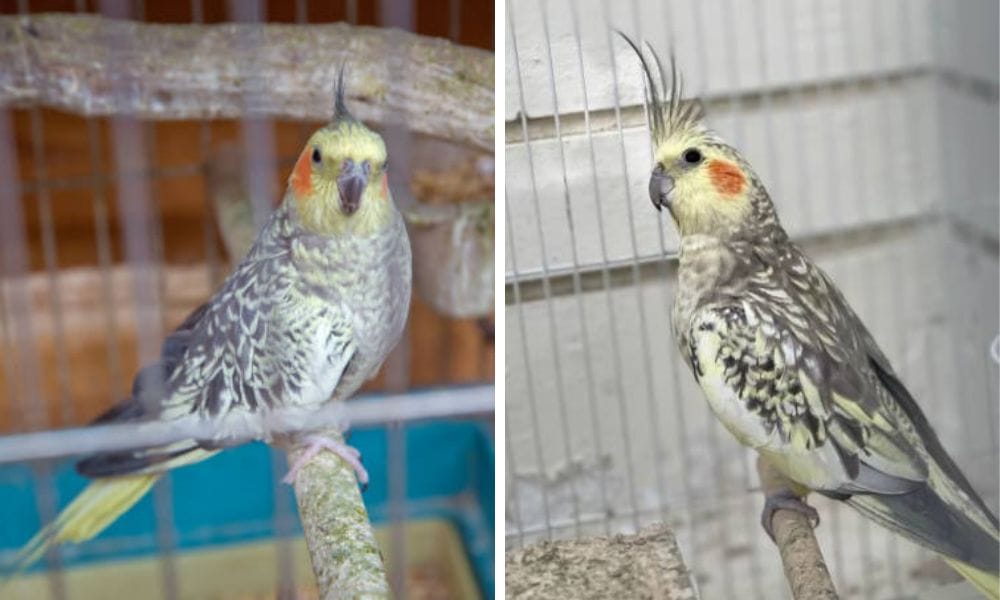
Daily Expenses: Food and Nutrition
A balanced diet is essential for your pearly cockatiel's health. A mix of high-quality pellets, fresh fruits, and vegetables should be part of their daily diet. Additionally, cuttlebone or mineral blocks are necessary for calcium intake. Monthly food costs can range from $20 to $40, depending on the quality of the food and the size of your bird.
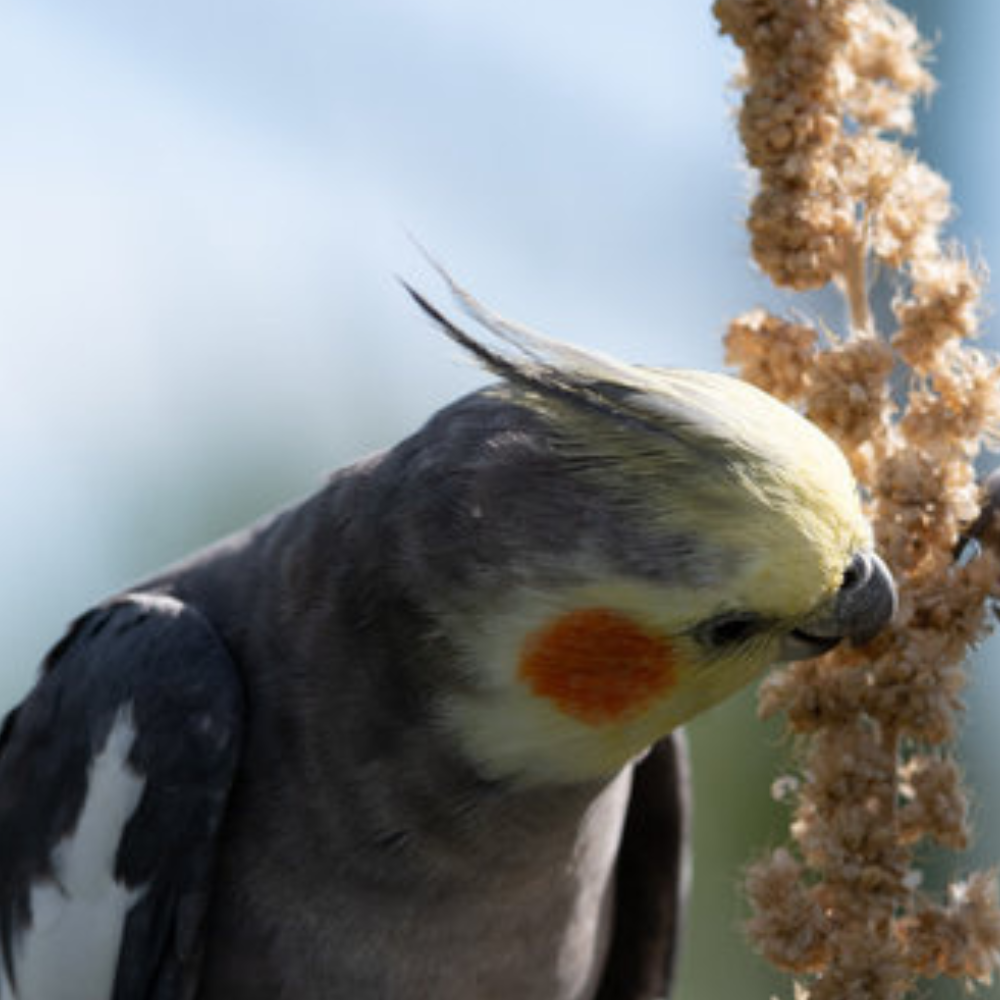
Understanding Pearl Cockatiel Variations: A Colorful Spectrum
Pearl cockatiels, often referred to as 'pearly tiels', exhibit a stunning array of colors and patterns that can leave potential pet bird owners in awe. The most common image credit goes to their signature pearl-like spots scattered across their gray body, but did you know there's more to their color pigment than meets the eye? For instance, the lutino cockatiels, with their yellow pigmentation and red eyes, are a sight to behold. These birds are a result of a sex-related genetic mutation that eliminates the gray colors, giving them a yellow white bird appearance with a yellow crest and sometimes, orange cheek patches.
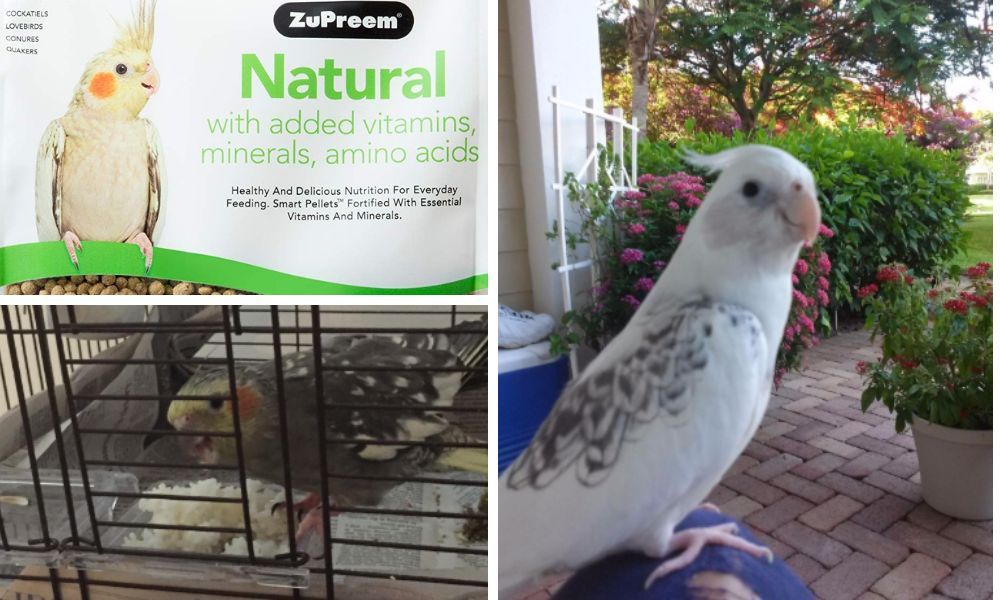
On the other hand, cinnamon pied pearly cockatiels flaunt a cinnamon brown color with patterns that can range from light pied to clear pied. The pied aspect refers to the irregular patches of white or yellowish infusion that disrupt the colored bars typically found on the wings and tail feathers. Many breeders are particularly fond of the cinnamon pied variety for its warm tans and soft grey colors that give these birds a unique and captivating look. Young cockatiels often have a more muted coloration, which intensifies after their juvenile molt, revealing the full splendor of their plumage.
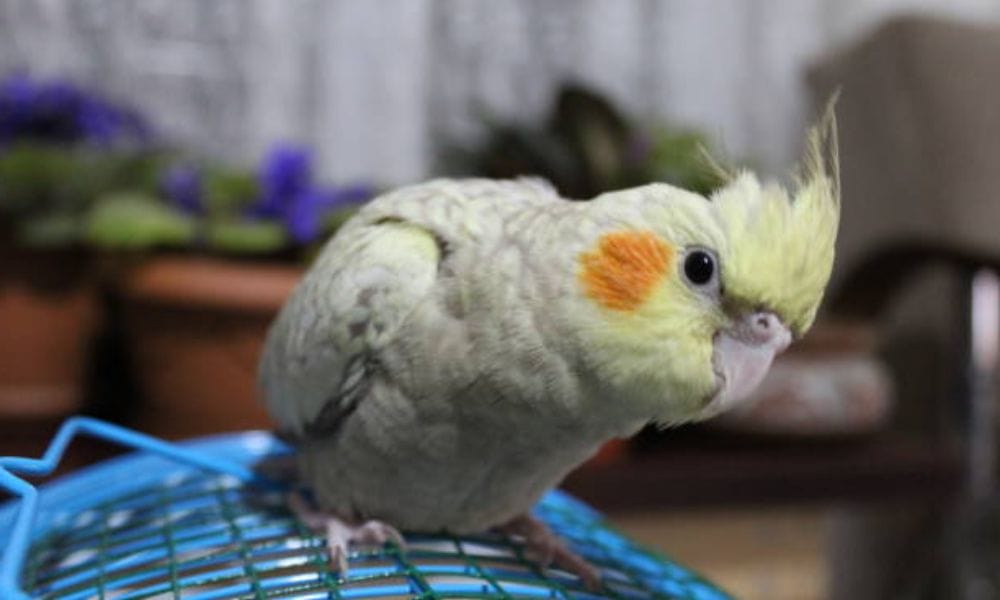
The Allure of the Orange Cheek Patch: A Signature Trait
Have you ever noticed the captivating orange cheek patch that adorns many pearl cockatiels? This vibrant splash of color is not just a pretty feature; it's a hallmark of the species. In young birds, these cheek patches can be particularly vivid, serving as a visual cue that can help owners and breeders alike identify the sex of their feathered friends. This is because the intensity of the orange can sometimes be linked to sex-related genetic mutations, making it a fascinating aspect of cockatiel genetics.
While all pearl tiels possess this striking trait, the orange cheek patch can vary in hue and saturation. This variation adds to the rich tapestry of description cockatiels have among bird enthusiasts. When observing these birds, the cheek patch is often the first thing that catches the eye, and it's a feature that is beloved by many. Whether you're a seasoned breeder or a first-time owner, the allure of the orange cheek patch is undeniable, and it's one of the many reasons why pearl cockatiels capture the hearts of so many.
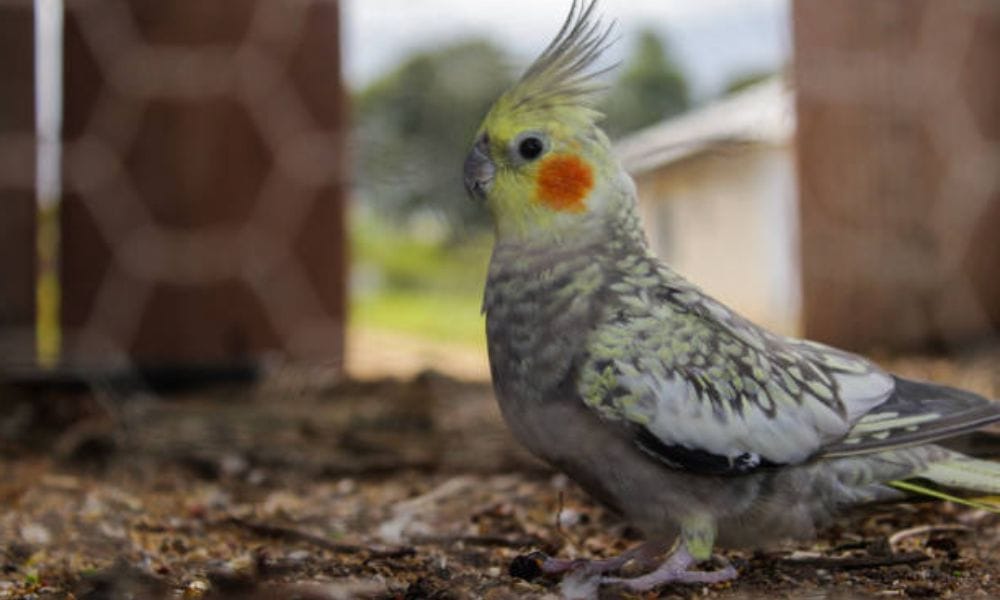
The Intricacies of Sex-Related Genetic Mutation in Pearl Cockatiels
Pearl cockatiels are not just visually stunning; they're also a fascinating subject for geneticists, especially when it comes to sex-related genetic mutations. These mutations are often responsible for the bird's unique patterns and colors. For instance, the pearl pattern is known to be a sex-linked trait, which means that it's associated with the sex chromosomes. Males can lose their pearling after their first molt, as the gene can be masked, while females retain the pattern throughout their lives. This sex-linked genetic trait makes breeding and predicting the appearance of offspring an intriguing puzzle for cockatiel enthusiasts.
Understanding these genetic intricacies is crucial for breeders who aim to produce specific color variations. The sex-related genetic mutation also plays a role in the rarity and value of certain pearl cockatiel variants. For example, the pied whiteface pearl cockatiel, with its absence of yellow and orange pigments, is a result of a combination of mutations, including a sex-linked gene. Breeders often keep detailed lineage records to manage and predict these genetic outcomes, making the breeding of pearl cockatiels as much a science as it is an art.
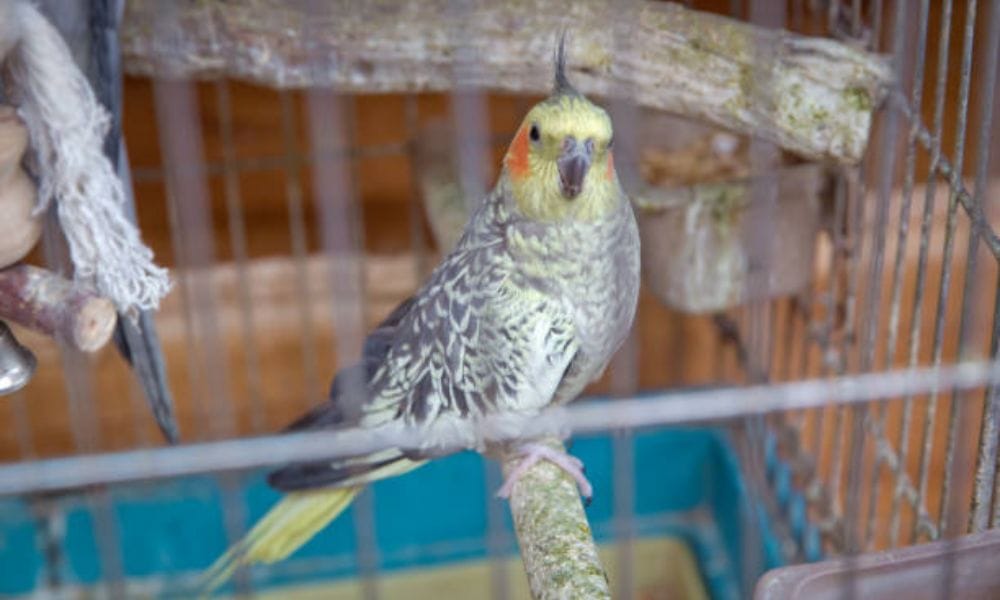
Pearl Cockatiels as Natural Alarm Clocks: The Observed Time Phenomenon
Have you ever noticed how some pets seem to have an internal alarm clock? Pearl cockatiels are no exception, and their owners often marvel at their ability to wake up and chirp at the same observed time every morning. This punctuality isn't just a quirky trait; it's a reflection of their natural circadian rhythms. In the wild, these birds are diurnal, meaning they're active during the day and rest at night. This internal clock helps them stay in sync with the daylight hours, which is essential for their feeding and social behaviors.
In a home setting, pearl cockatiels may continue to adhere to this natural schedule, often becoming your personal alarm clock. This can be both charming and, at times, a little inconvenient, especially if you were hoping to sleep in on the weekends. However, it's a good reminder of the importance of maintaining a consistent routine for your feathered friend. By observing and respecting their natural rhythms, you can ensure your cockatiel stays happy and healthy, while also potentially training them to adjust their "alarm clock" to a more suitable time for your household.
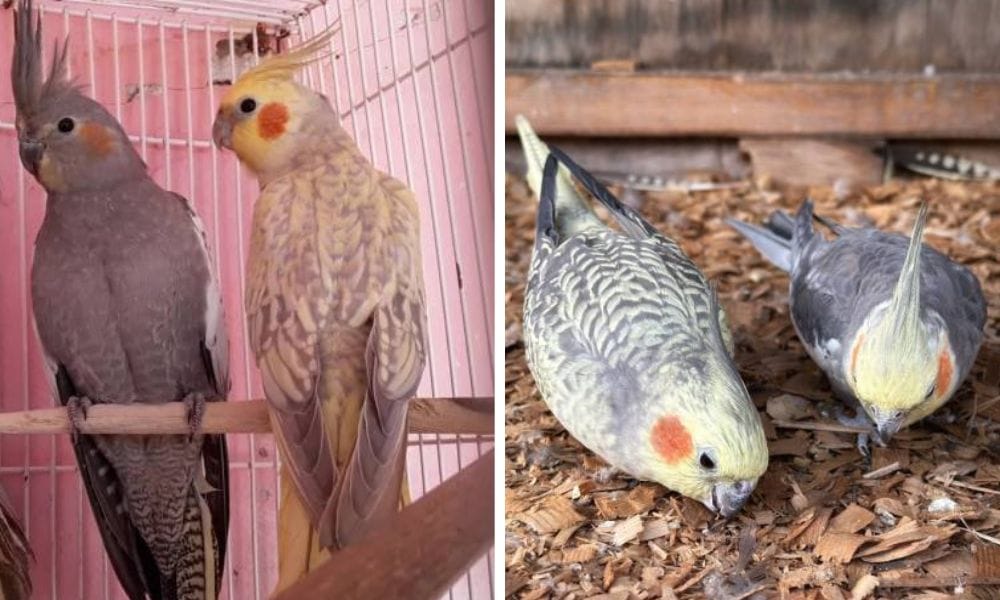
The Pied Whiteface: A Rare and Enchanting Variant
When it comes to pearl tiels, the pied whiteface variant is a sight to behold. This exquisite combination of the pied mutation, which causes a random pattern of feather coloration, and the whiteface mutation, which eliminates the yellow and orange pigments, results in a bird with a striking and unique appearance. The pied whiteface pearl cockatiel is a testament to the incredible diversity within the species and is highly sought after by collectors and enthusiasts.
The rarity of this variant makes it a prized possession in the avian community. Observing a pied whiteface pearl cockatiel is like witnessing a living work of art, with its contrasting patches of color and absence of the typical orange cheek patch. This absence is due to the sex-linked genetic mutation that the whiteface carries, which overrides the usual coloration. For those looking to add a truly special member to their aviary, the pied whiteface pearl cockatiel offers a blend of elegance and genetic intrigue that is hard to match.
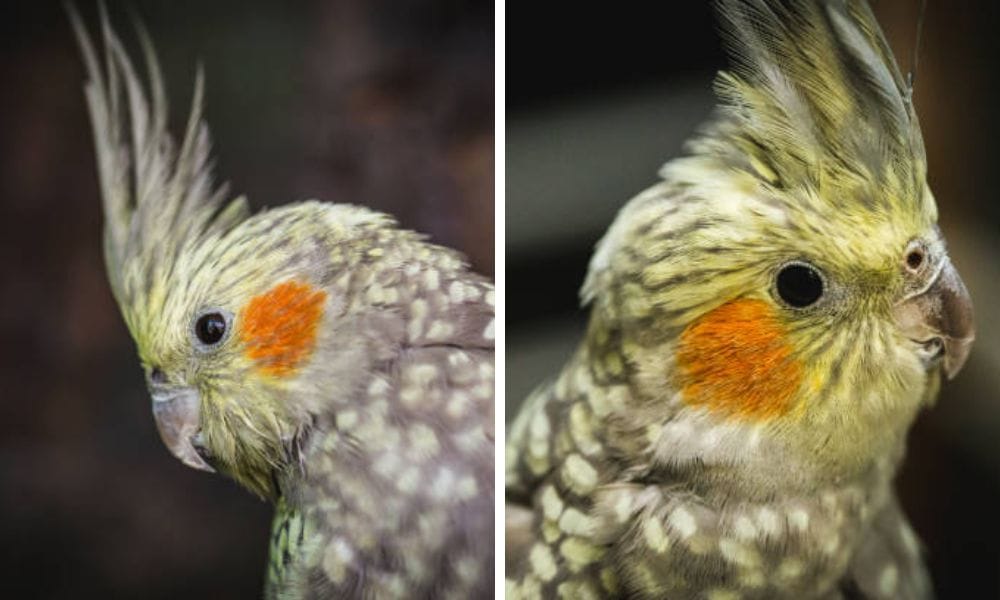
The Genetic Puzzle: Sex-Linked Traits in Pearl Cockatiels
Diving deeper into the genetics of pearl cockatiels, it's fascinating to observe how sex-linked traits influence their appearance. The first cockatiel mutation, known for its light blue gray feathers, set the stage for many birds that followed. For example, white faced cockatiels lack the yellowish face and orange cheek patches typically seen in their counterparts, resulting in a striking white appearance that's highly sought after. These sex-linked traits also mean that young males and females can sometimes be distinguished by their coloration, with males often losing their pearl markings after their first molt, leading to a more solid gray body.
Interestingly, silver pearls are another variant that captures the hearts of many with their delicate interplay of silver and gray tones. These birds, along with the pearly whiteface and yellow faces varieties, showcase the diversity within the species. Breeders can sometimes predict the outcome of these traits, as females have wider pelvic bones, which are necessary for egg-laying, and this can influence the inheritance of color patterns. It's this intricate dance of genetics that makes breeding and owning pearl cockatiels an endlessly engaging experience for many bird enthusiasts.
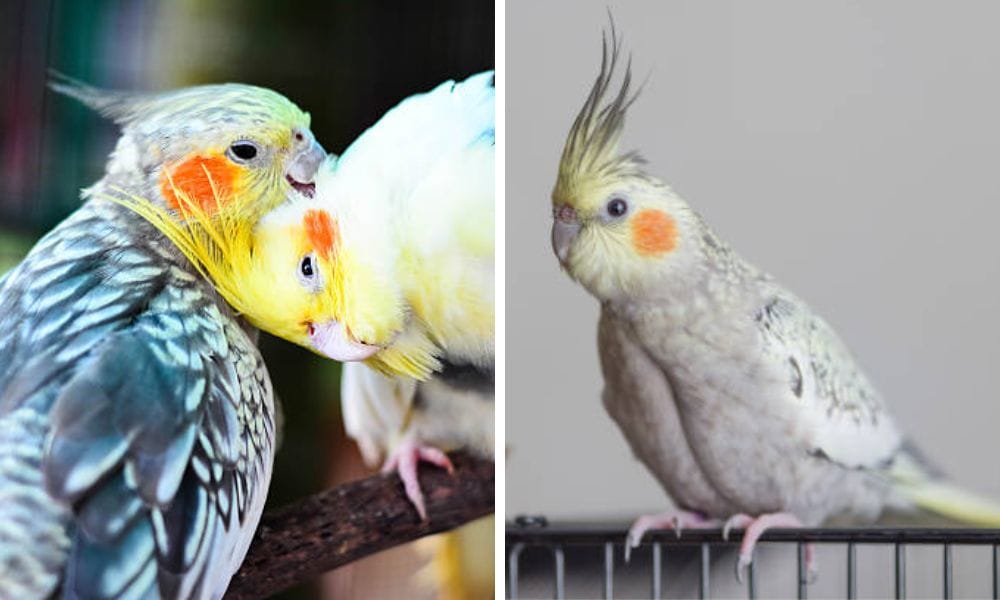
Health Care: Vet Visits and Preventative Measures
Regular veterinary care for your pearly cockatiel is a must. Annual check-ups can cost between $50 to $100, while emergency visits can be significantly more. It's wise to set aside a budget for unexpected health issues, such as nasal discharge or red eyes, which are common signs of illness in parrots.
Grooming and Maintenance: Keeping Your Cockatiel Pristine
Grooming is an essential part of pearly cockatiel care. Nail trimming and wing clipping (if you choose to do so) should be done regularly. Many owners learn to perform these tasks themselves, but professional grooming can cost around $10 to $20 per session. Additionally, investing in cleaning supplies for the cage and accessories is necessary to maintain a hygienic environment for your bird.

Toys and Entertainment: Enriching Your Cockatiel's Life
Toys are vital for your pearly cockatiel's mental stimulation and physical health. They help prevent boredom and bad habits like feather plucking. You can expect to spend $10 to $50 on toys every few months, as they will need to be replaced once worn out or destroyed.
Training and Socialization: The Key to a Well-Behaved Bird
Pearl cockatiels are known for their docile personalities, but they still require training and socialization. Investing time in teaching your bird simple commands and tricks can enhance your bond. While there's no direct cost associated with this, the value of a well-socialized and trained bird is immeasurable.
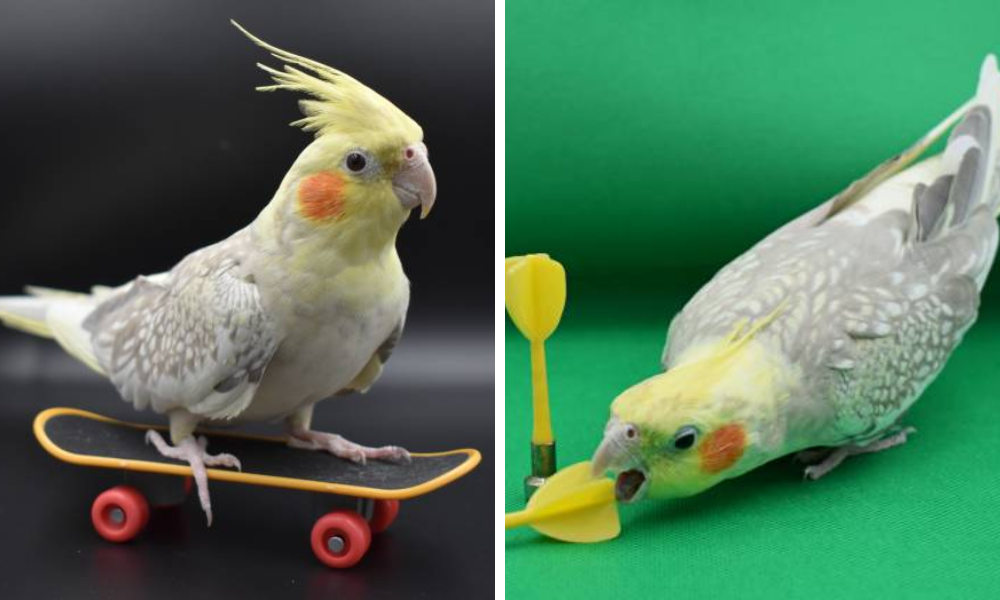
Insurance: Preparing for the Unexpected
Pet insurance for birds is becoming more common and can help mitigate the costs of unforeseen medical issues. Policies vary, but you can expect to pay between $10 to $30 per month for coverage. This can provide peace of mind, especially for conditions that are common in pet birds, such as fatty liver disease.
Summary
Owning a pearl cockatiel is a rewarding experience that comes with a significant financial commitment. From the initial purchase price to the ongoing costs of food, healthcare, and enrichment, potential owners should be prepared for the expenses involved. By understanding these costs and planning accordingly, you can ensure a happy and healthy life for your pearly cockatiel.
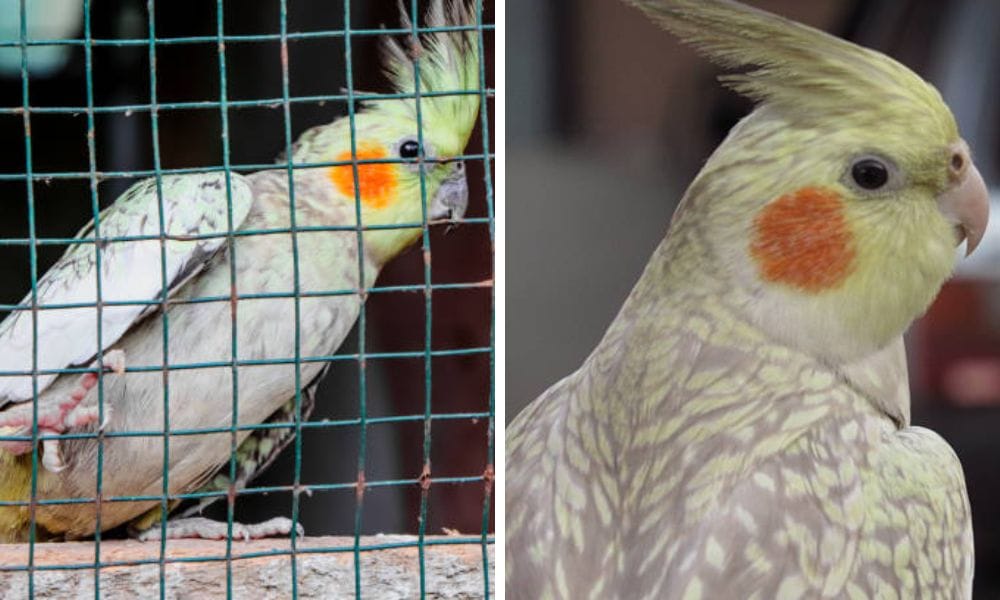
FAQ Section
Q: How much does a pearl cockatiel cost? A: The initial purchase price of a pearl cockatiel typically ranges from $150 to $300, but it can be higher for birds with rare patterns or from well-known breeders.
Q: What are the ongoing costs of owning a pearl cockatiel? A: Ongoing costs include food, veterinary care, grooming, toys, and potentially pet insurance. Monthly expenses can vary but expect to budget around $50 to $100, not including unforeseen medical costs.
Q: Do male pearl cockatiels look different from females? A: Yes, male pearl cockatiels often lose much of their pearling after their first molt, resulting in a more grey appearance with white wing bars. In contrast, female cockatiels retain their intricate pearl patterns throughout their lives.

